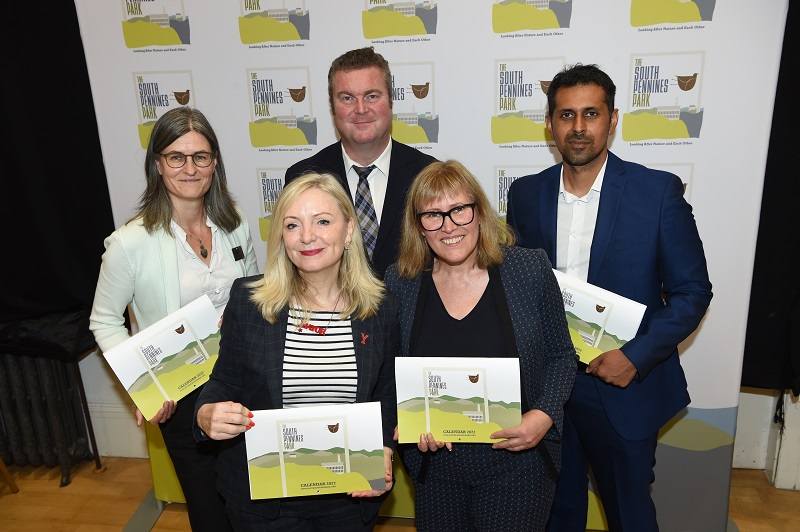South Pennines launches alternative National Park
An alternative National Park — covering 460 square miles of Yorkshire, Lancashire and Greater Manchester — including East Lancashire, was launched today.

South Pennines Park aims to champion the landscape, its people and businesses in order to bolster recognition and unlock resources for the only upland in England that is not a designated National Park or Area of Outstanding Beauty.
And by doing so, the Park will ensure residents and visitors enjoy the positive benefits of being closer to nature.
It promises to have a new flexible operating model for managing the landscape that gives people a significant voice — a first of its kind in the UK.
Councillor Afrasiab Anwar, Leader of Burnley Council was among guests at the ‘official’ park launch event at the Kala Sangam Arts Centre in Bradford.
He said: “The significance of Burnley’s upland landscape has been hidden for too long. The launch of the South Pennines Park is a brilliant opportunity to get proper recognition for our region’s expansive moorland areas, and the internationally important habitats and species they support. I hope that the launch of the park will encourage more people from around the UK and the world to visit this inspirational place, as well as help us conserve its valuable wildlife and historic features.”
The event saw the unveiling of the new park logo, a first play of a show case film for the area and a performance of an anthem for the park from folk duo O’Hooley and Tidow.
The idea for the Park was first discussed in the 1940s, and today represents a key milestone in its development. The new model is being established by Pennine Prospects, who are working in partnership with local authorities in the park area, as well as Natural England, United Utilities, Yorkshire Water, the National Trust, transport providers and other communities and conservation groups.
Helen Noble, Chief Executive of Pennine Prospects, which will be also renamed South Pennines Park, says:
“This is an exciting, bold forward-thinking vision for one of the UK’s most diverse and unique regions. Over 8 million people live within 30 minutes of the park. It is an area of stunning scenery; a spectacular ever-evolving landscape that has been moulded and shaped by the people, the packhorses, footsteps of yesteryear; rich in industrial heritage.
“We’re excited to be taking an inclusive approach to making the South Pennines Park work for the people who live, work and visit it. Because it will unlock the resources needed to ensure residents and visitors enjoy the positive benefits of being closer to nature.”
The South Pennines Park is situated between Greater Manchester, the Peak District, the Yorkshire Dales, and West Yorkshire, covers 460 sq miles and is home to more than 660,000 people.
The move to establish the new support structure for the South Pennines Park follows on from the Government-commissioned Glover Review into the future of the nation’s designated landscapes. This called for alternative models to be looked at and specifically cited the South Pennies Park as a prime candidate for a different approach.
Adds Helen Noble:
“To get to this stage we have brought together communities, public and privates sector bodies and other stakeholders. Together we have a shared vision for the Park and we are all committed to working together champion the area.
“Without the Park, each body is left to compete for funding. This approach means they can pool resources and drive collaboration in key areas like conservation, tourism, transport and hospitality. But a common thread for all our partners is ensuring we connect people to nature.”